Sprained Ankle Exercises
Read More >
Shin Splints are a common injury affecting the front and/or inside of the shin bone (tibia). It is often painful when walking and made worse with impact activities such as running or jumping.
Exercises for shin splints can help address biomechanical issues or muscle imbalances that may have caused the onset of shin splints. They are one piece of the puzzle, and we have created a shin splints treatment article to read about all the other factors that can help you resolve your injury.
Please scroll down for a detailed description of how to do our recommended exercises.
Stretching your calf muscles (Soleus and Gastrocnemius) is a crucial aspect of treatment for shin splints. Tight calves can overload the Anterior Tibialis Muscle, contributing to shin pain; you can complement these stretches with foam rolling.
Anterior Tibialis stretching helps provide pain relief. We often recommend prioritizing stretching until you control your pain, i.e. pain-free walking, before beginning impact exercises.
Strengthening the ankle and foot stability muscles can help control the foot’s motion through the gait cycle, including the Peroneal Muscles, Posterior Tibial, and soleus muscles.
Alongside strengthening exercises, we recommend balance exercises for your foot and ankle. Balance exercises can be as simple as single-leg balance and can progress onto single-leg balance on an unstable surface such as a wobble cushion.
Finally, we recommended strengthening supplementary muscles such as the Gastrocnemius and hamstring muscles. Upon completion, and if pain-free, we recommend plyometric exercises such as double and single-leg hopping on the sport so the shin bone can increase its tolerance for shock absorption.
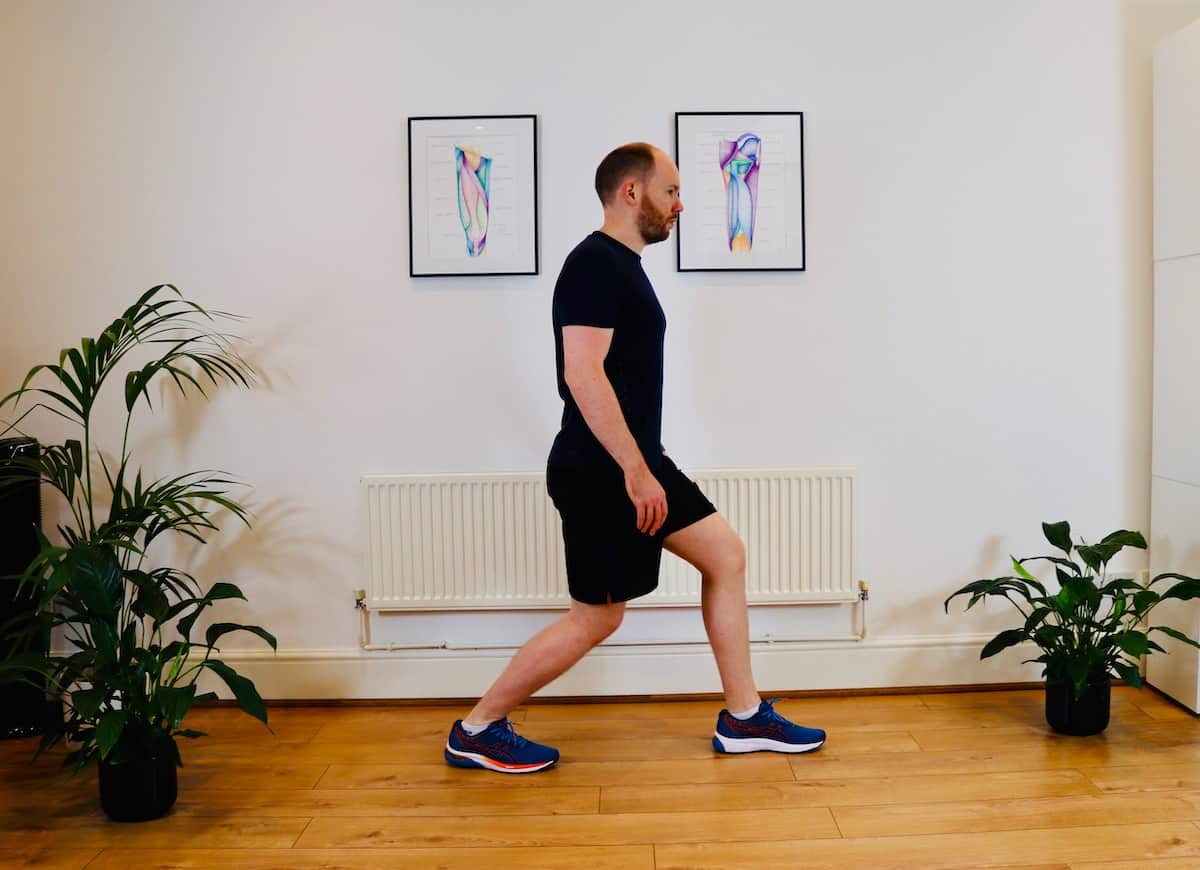


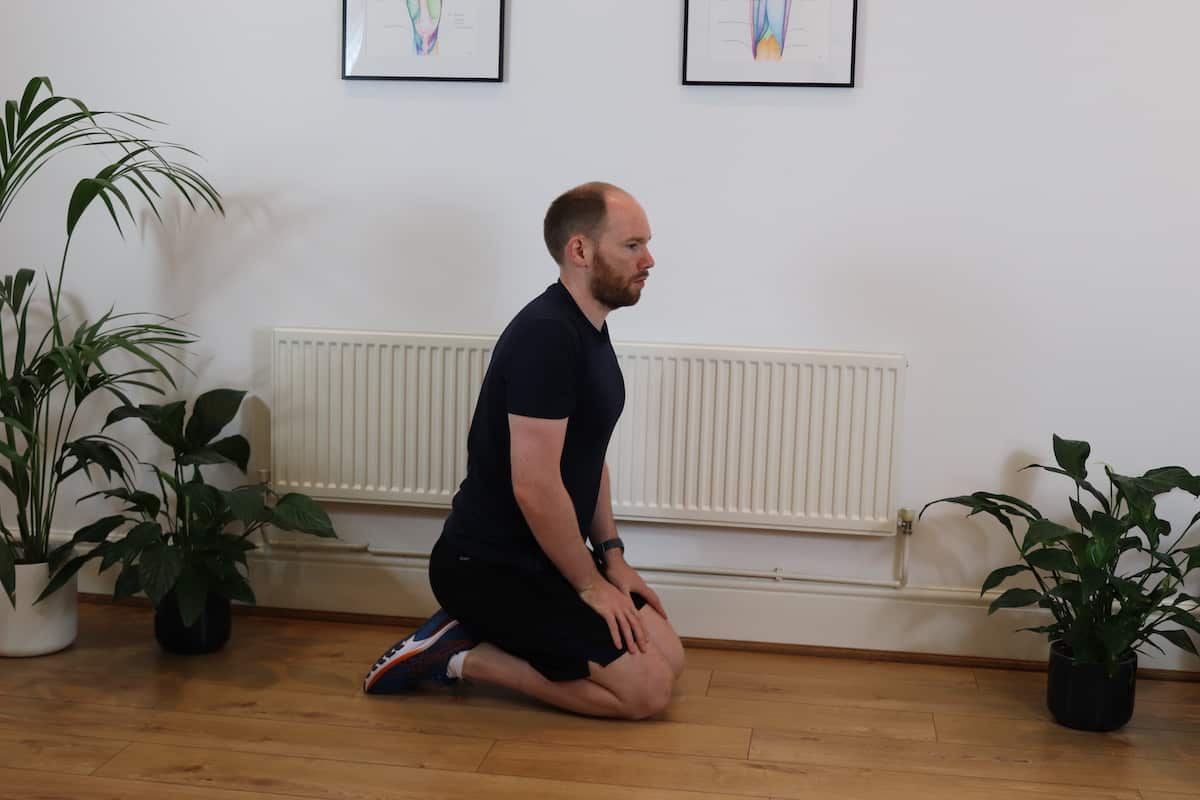
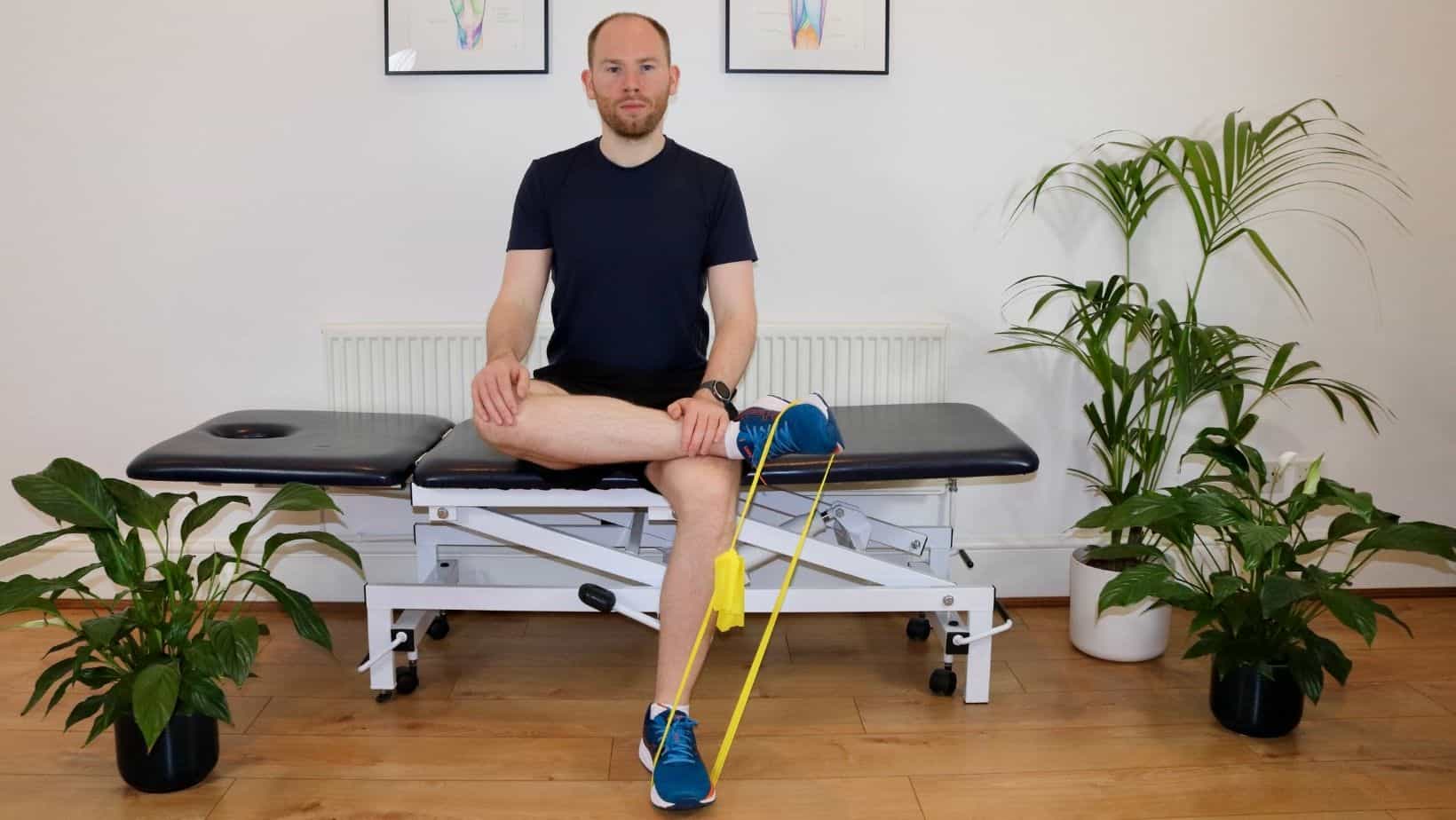
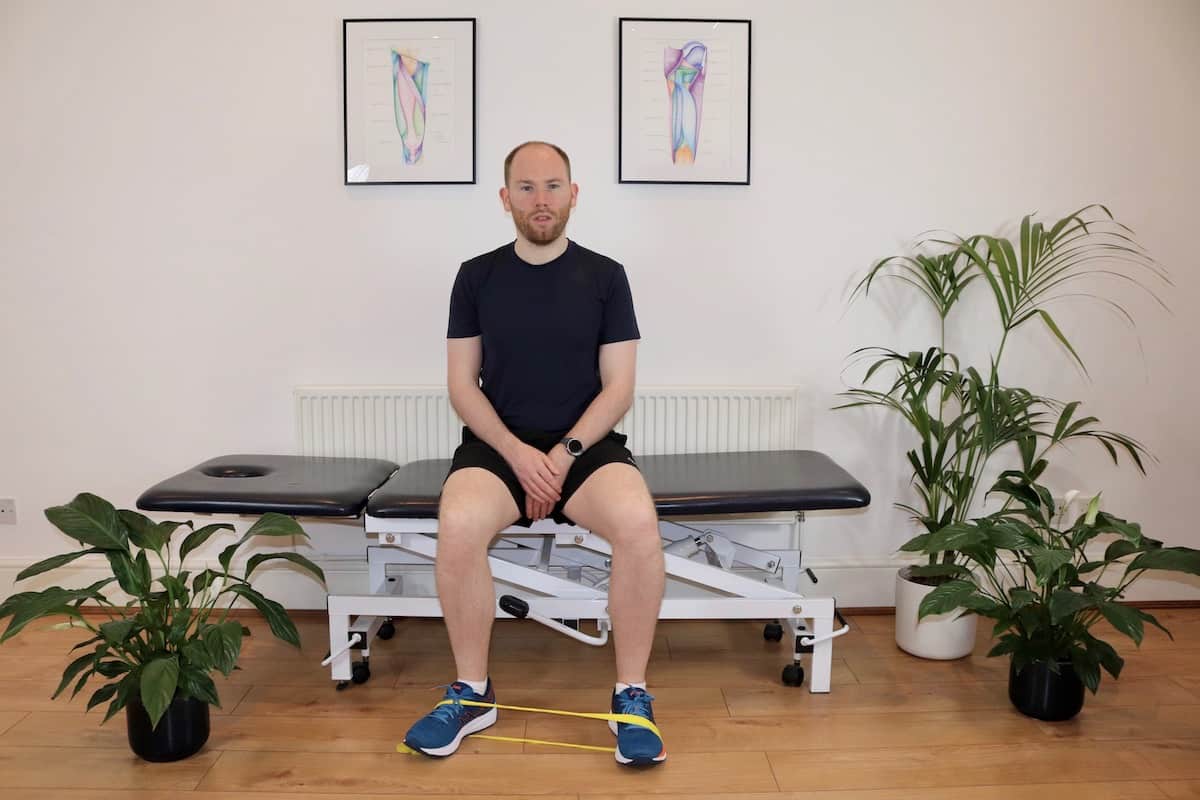
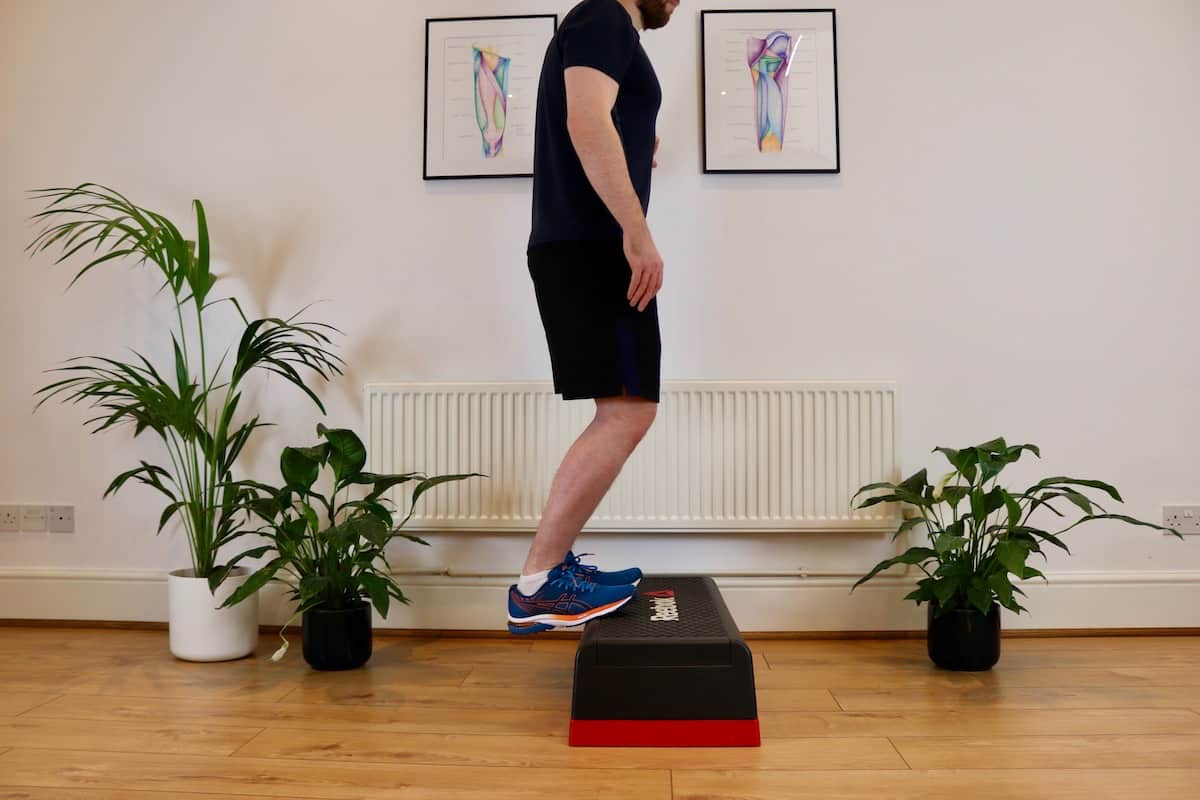
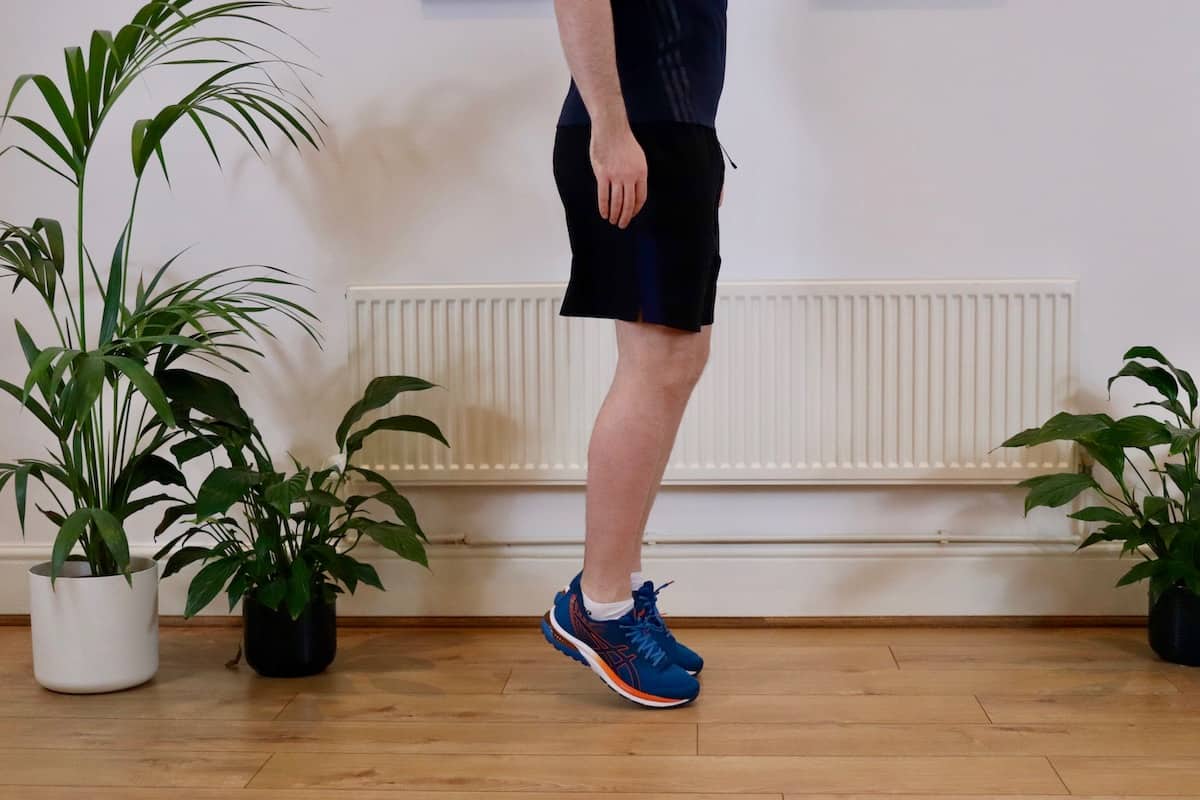
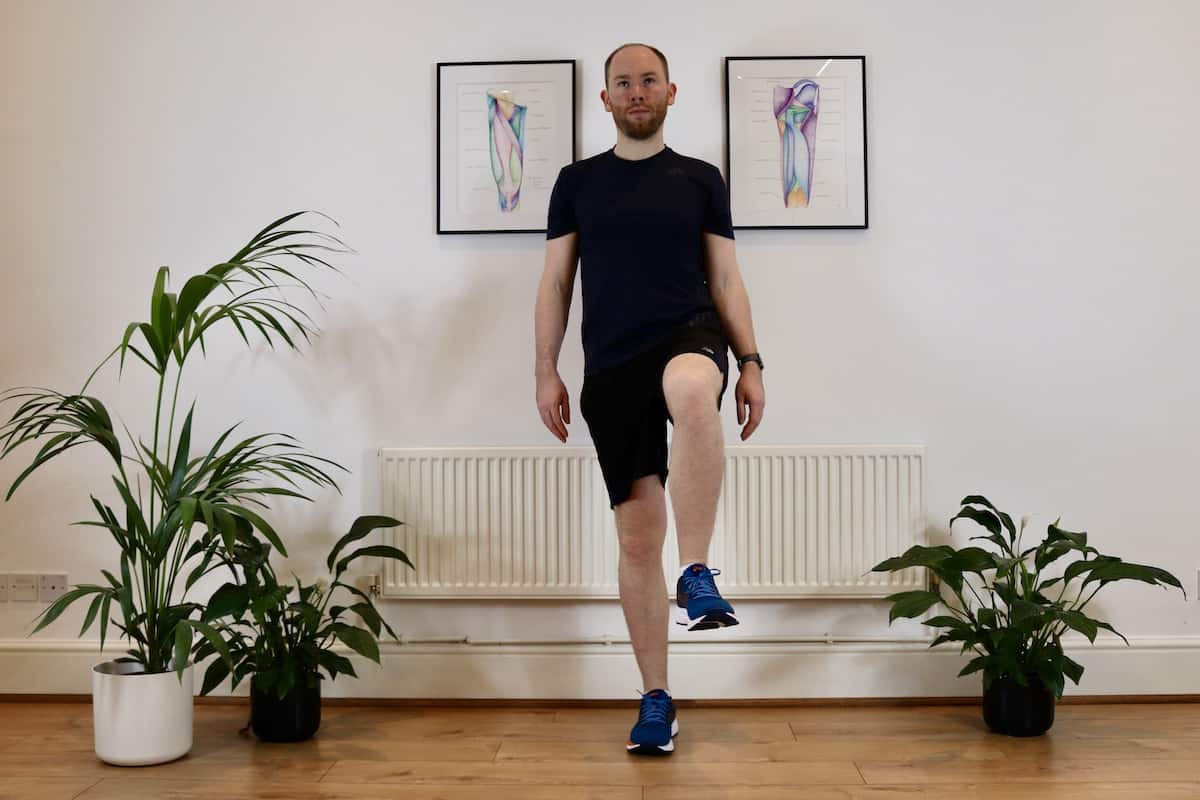
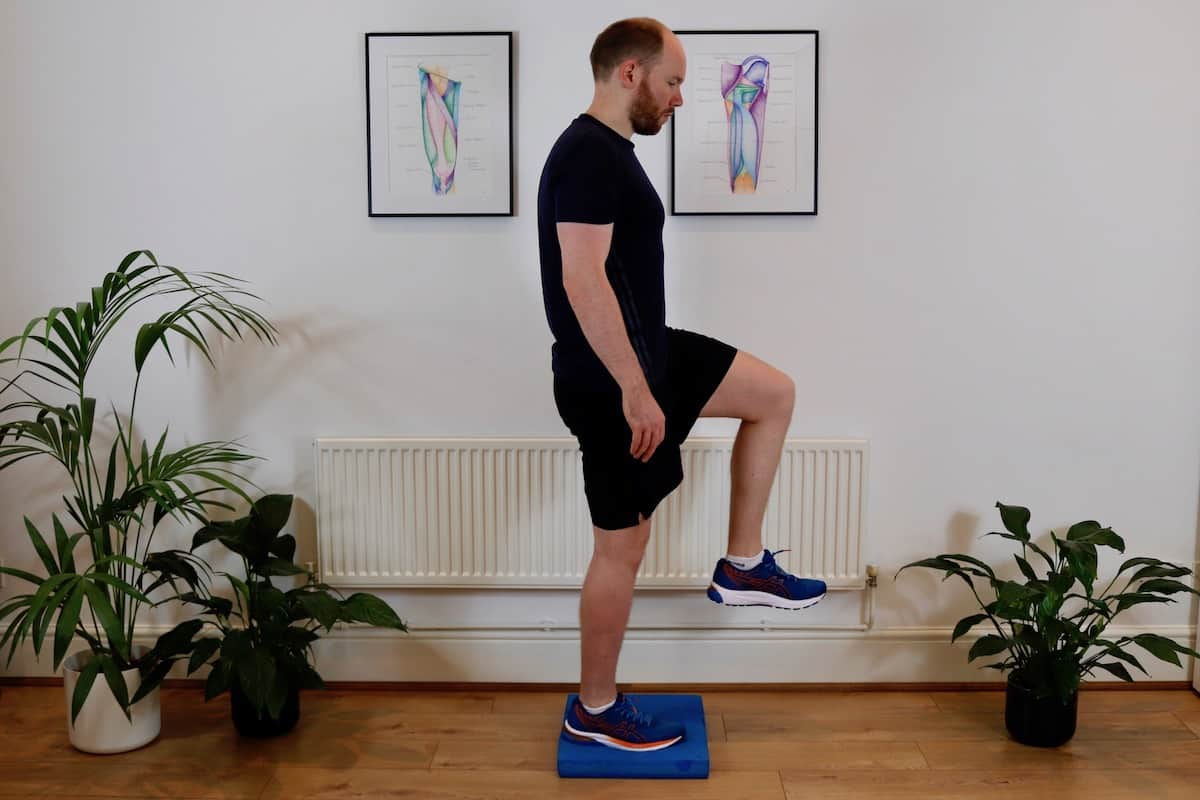

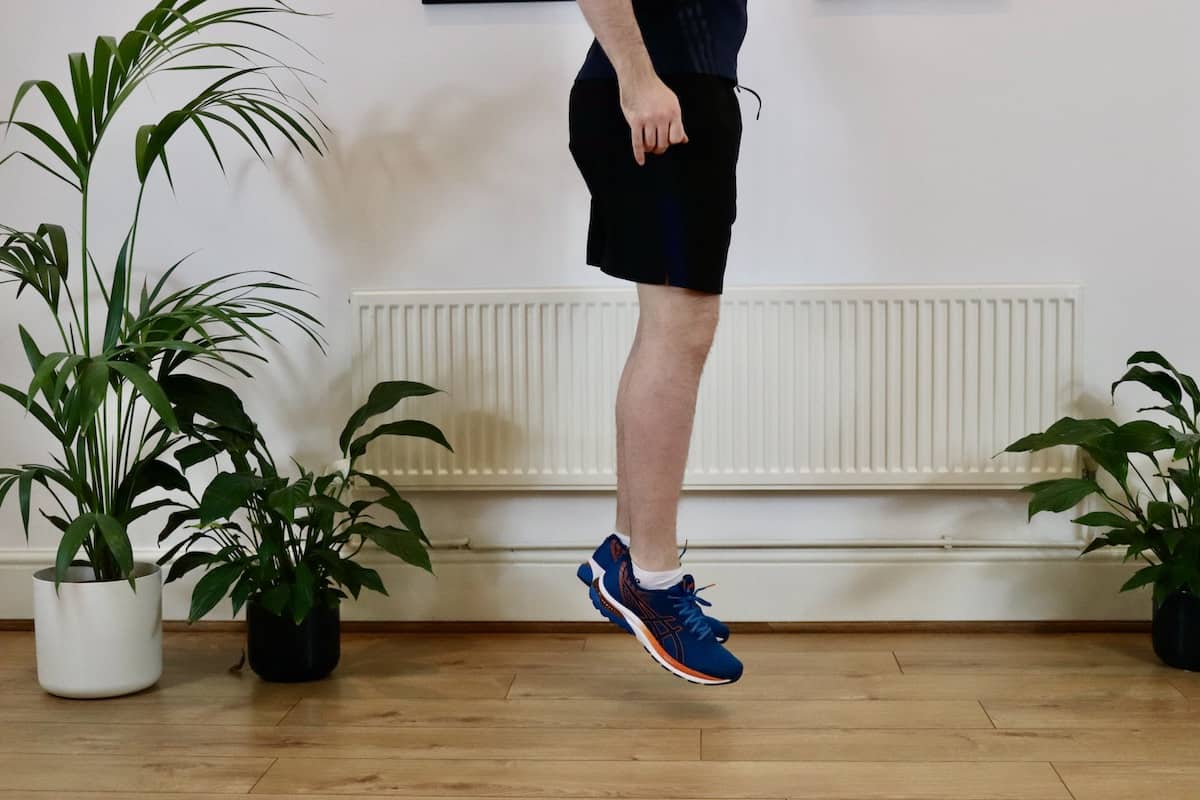
This article is written by James McCormack, a Lower Limb Specialist who is an expert in treating Shin Splints.
This is not medical advice. We recommend a consultation with a medical professional such as James McCormack if you are experiencing any of the symptoms discussed in this article. James offers Online Physiotherapy Appointments weekly and face-to-face appointments in his London clinic.